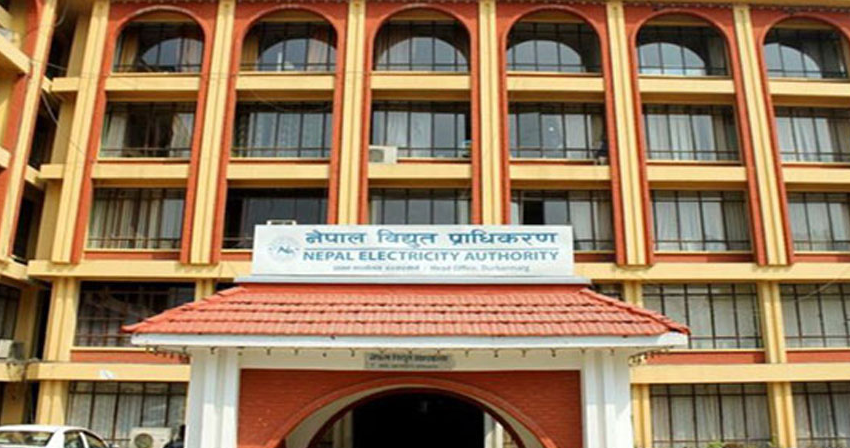KATHMANDU: The Karnali Chisapani Hydropower Project, considered South Asia’s largest hydropower venture, has advanced its study phase. The project’s estimated cost stands at Rs 1.147 trillion based on current pricing.
The Nepal Electricity Authority (NEA) has initiated the study for this 10,800-MW project using its own resources.
A high-level team, including Minister for Energy, Water Resources, and Irrigation Shakti Bahadur Basnet, Energy Secretary Sushil Chandra Tiwari, Department of Irrigation Director General Churna Bahadur Oli, and NEA Executive Director Kulman Ghising, conducted an on-site inspection of the project and affected areas on December 25 and 26.
NEA aims to complete the study process for the Karnali Chisapani Project within the next three years. Local communities are eagerly anticipating the project’s progress, considering it a matter of special significance.
The prospect of this construction has ignited hope among locals, similar to the transformative impact of the Karnali Chisapani Bridge’s construction in western Nepal.
Khadga BK, Chairperson of Panchapuri rural municipality, Surkhet, expressed readiness to actively support the project’s success. “The news of such a mega project in our area has thrilled us. We are eager and appeal to the federal government to expedite the process by addressing local demands,” he added.
The proposed reservoir for this project will be situated nearly two kilometers above the Karnali Chisapani bridge, linking Bardiya and Kailali districts. A 270-meter-tall dam will impound the Karnali River, with the NEA’s current study indicating it as a ‘rock fill dam’. The reservoir will stretch over 167 kilometers, encompassing sections of the Karnali, Bheri, Seti, and Thuligad rivers, according to NEA senior engineer Nasib Man Pradhan, involved in the study.
This project’s development will impact settlements and structures along the river in Bardiya, Kailali, Surkhet, Achham, and Doti districts. A 1989 study estimated that it would affect 11,570 hectares and 54,600 locals. NEA plans to identify the affected area based on the latest assessment.
RSS









Comment